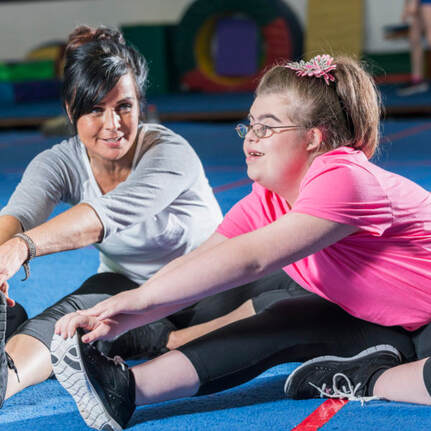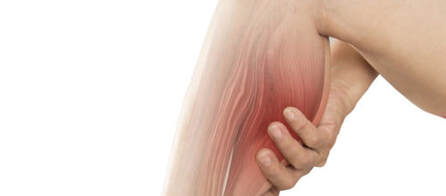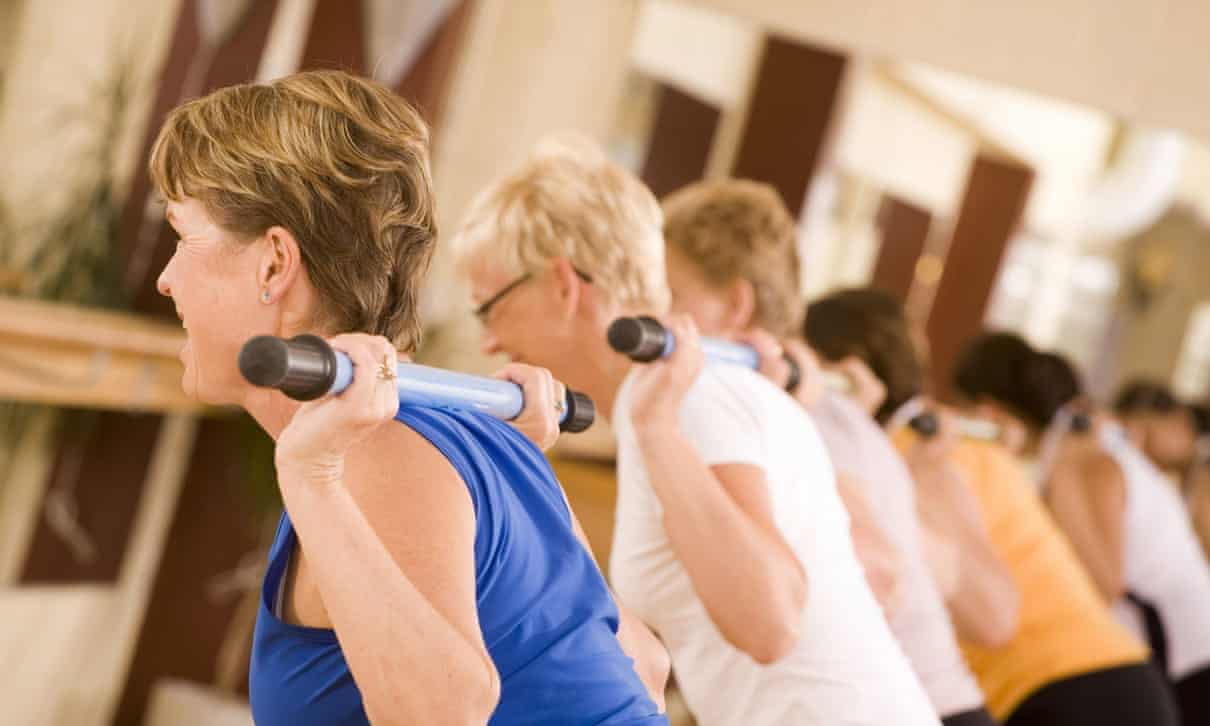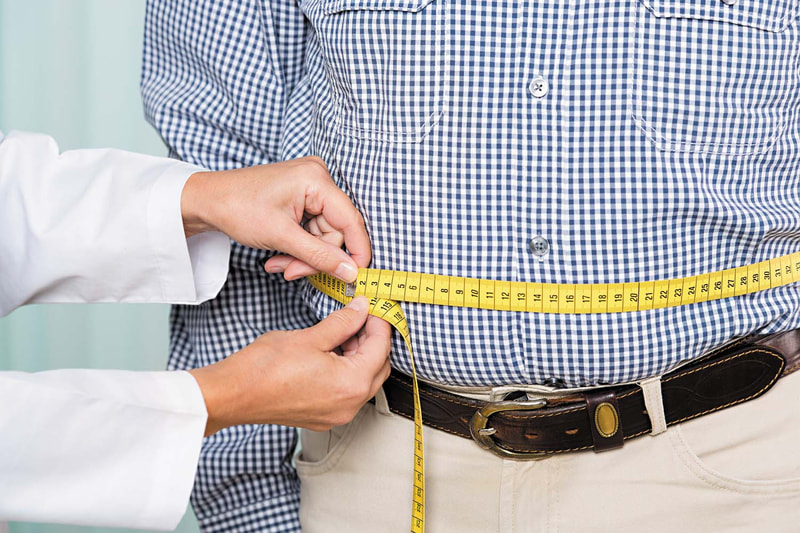 What is an Intellectual or Developmental Disability? An Intellectual Disability (ID) or Developmental Disability (DD) are described as limitations in adaptive behaviours and intellectual functioning (things such as reasoning, learning and problem solving). These limitations have an impact on an individual’s everyday social and practical skills. Specific conditions can include Autism Spectrum Disorder (ASD), Attention Deficit Hyperactivity Disorder (ADHD or a specific genetic or learning disorder such as Down Syndrome. There are 13% of Australian children diagnosed with an Intellectual or developmental disability. This has varying levels of impact on each child’s life depending on the significance of the limitation. It can make communication difficult, particularly interaction in social contexts, they will often exhibit behaviours with repetitive patterns and will find it difficult to adapt to changes in routine. In some children, particularly those with down syndrome they may also experience additional challenges such as poor eyesight, balance, low muscle tone and hyper flexibility. Why are they at increased risk? Those diagnosed with an Intellectual or Developmental Disability are at an increased risk or many comorbidities developing, due to the nature of their more sedentary based lifestyle. The risk factors that have a significant impact on the likelihood of developing an additional health condition include;
How does exercise help? Individuals with an Intellectual or Developmental Disability experience all of the same positive benefits from physical activity as Individuals without a disability BUT it can also have some additional benefits! Physical activity causes an improved level of intellectual functioning, behaviour and physical health, which have been shown to directly affect the personality of children with ID or DD. In Australia there are currently only 36% of children with an ID or DD meeting the physical activity guidelines. One of the most positive benefits physical activity can produce in ID and DD children is an increase in their focus and ability to concentrate for increased periods of time. This happens through the body moving and causing stimulation in the brain to improve the efficiency of brain neurotransmitters. These are linked to the hormone called Dopamine which assists in controlling attention levels. When regular movement occurs regularly their ability to focus is maintained throughout the day providing increased productivity and learning opportunities. Just some of the other many benefits that physical activity can provide are;
Top tips! When working with ID or DD individuals it is important to be aware of a few limitations or special considerations that may be present.
By Aleisha Michael Accredited Exercise Physiology
0 Comments
 What is DOMS I’m sure anyone who has started a new exercise program, or gone to the gym and completed a new class for the first time has experienced Delayed Onset Muscle Soreness, which we shorten to DOMS. DOMS is the ache or soreness in the muscles usually felt the day after exercise, but can last for days. The origins of the soreness and accompanying symptoms are complex, but most believe soreness develops as a result of microscopic damage to muscle fibers involved in the exercise. This type of damage likely results from new stresses that were experienced during the exercise bout. There is a misconception that DOMS is related to lactic acid accumulation, but lactic acid is not a component of this process. What activities are examples, or activities that are known to cause DOMS Basically all activities which cause DOMS all cause muscles to lengthen while force is applied. This is the eccentric muscle action. Examples include the lowering phase of a bicep curl exercise or the lengthening of the quadricep muscles while the limb brakes against your body’s momentum as it walks or jogs down a hill. Example activities are any strength training exercise, walking or jogging down hills, step aerobics, jumping and plyometric activities. Does everyone experience DOMS? Everyone is susceptible to DOMS, even those people who regularly exercise and have been doing it for years. However, the severity of soreness generally will lessen as your body becomes accustomed to the work it performs regularly. And, just one bout of soreness producing exercise can have a partially protective effect that reduces the chance of that same activity causing soreness for weeks and even months into the future. Does DOMS only cause soreness? Muscle pain is only one of the characteristics of DOMS. Some other common symptoms can include:
Can we prevent DOMS? It is unlikely that the soreness can be avoided altogether, however the best way to reduce the severity is to progress slowly into a new program thereby allowing the muscle time to adapt to the new stress. It is also important to allow our muscles to recover between exercise bouts and not undertake the same exercise on subsequent days. Ie, don’t undertake the leg press 2 days in a row. There is a suggestion that a good warm up and stretching helps to reduce DOMS, although there is little evidence to support this, but it is certainly important as part of any exercise program. What can we do to ease the symptoms There is little evidence that any treatment strategies actually make DOMS recovery any quicker or return to normal function faster, but there may be things you can do to reduce the symptoms. These include light activities such as walking, ice packs, massage, tender point acupressure or oral pain medications. So what about the no pain no gain theory? It is unlikely that you will avoid soreness altogether when commencing a new program, however pain is a feedback mechanism of our body and we may need to reduce, modify or refrain from an activity whilst in pain. Pain that occurs during exercise can be an indicator that the exercise is too intense, poor form or other issues, and if this occurs it is wise to modify the activity to prevent muscle or joint damage. Lisa Parkinson Accredited Exercise Physiologist  What is Osteoarthritis? Osteoarthritis or OA is the most common type of arthritis and it affects the flexible tissue at the end of your bones known as cartilage and causes it to deteriorate. Cartilage is a very smooth but firm tissue that allows movement to occur in our joints without friction, but once this cartilage wears done it can result in bone rubbing on bone which causes joint pain. Along with affecting the cartilage OA can also cause deterioration of the connective tissue and bones within the joint while also causing inflammation to occur in the joint lining. OA can occur in any joints in the body but is most common in the knees, hips, lower back, neck and hands. What are the symptoms of OA? OA often develops slowly over time, meaning that not all symptoms may be present initially. Some common signs and symptoms can include;
How can exercise help? It is a common response that when pain occurs it is best to avoid thins that aggravate the pain, such as movement. In regard to osteoarthritis this can actually do more harm than good. Exercise is considered the most effective non-drug treatment for reducing pain and improving mobility in patients suffering from OA. It does this by reducing the stiffness and inflammation that may have developed around the joint through mobility and movement. By strengthening the muscles around the joint it can assist in reducing the stress placed on the joint and some of the bone on bone friction from occurring as much. Exercise not only helps your OA symptoms but also decreases your risk of developing other chronic diseases too! It a win, win if you ask us! What type of exercise is best? Strength training, cardiovascular training, balance training and water-based exercise have proven to be the most effective forms of exercise for reducing pain and improving function. Water-based exercise can be particularly beneficial as it reduces the load placed on the joints, as buoyancy in the water decreases the effects of gravity. Exercise program tailored to individuals suffering from OA aim to;
More information? If you would like more information about Osteoarthritis and how exercise can help, get in touch with us at Optimum Exercise Physiology on 8873 0628 or have a look on the Arthritis Australia Webpage on www.arthritisaustralia.com.au By Aleisha Michael Accredited Exercise Physiologist  When thinking about strength training, it is common for people to picture buffed up body builders and heavy dumb bells. The truth is though that strength training is for everyone and holds a vital role in maintaining our health and function as we begin to age. What is strength training? By definition strength is the ability of muscle to produce force. This does not describe the amount of force but simply the ability to be able to produce any! Strength focused training comes in many different forms and there is something out there for everyone! Strength training focuses on using resistance through body weight, free weights, machines or anything else that is heavy to produce increased force output from the muscle. When this occurs consistently over time the contractility of the muscle improves, and our nervous system adjusts by increasing the body’s ability to produce force through optimising the use of the nervous system. The main aim of strength training to improve the body’s ability to move more weight over time. Even if gaining strength and muscle mass is not your goal, improving your strength will allow you to get the full benefits from all other forms of exercise. Why is it important? Muscular strength plays a crucial role in our ability to perform everyday tasks and function well. As we age it is even more important to maintain a level of strength as after the age of 50 there is a 15% muscle mass and strength loss per decade! Maintaining muscle mass and strength as you age has been shown to prevent further musculoskeletal issues, chronic conditions, frailty, loss of independence, poor mental health and decreased quality of life. If that’s not a good enough reason to starting strength training, I don’t know what is! Below is a list of just some of the many benefits gained from strength training:
Where do I start? So, you are keen to get started but aren’t sure how? If you have no current musculoskeletal injuries or chronic conditions you can start slow and gradually at home. Use light weights to begin and progress up over time. If you are currently experiencing an injury, pain or chronic condition it is a good idea to get in contact with an Accredited Exercise Physiologist so that they can point you in the right direction and create a program best suited to your current needs. By Aleisha Michael Accredited Exercise Physiologist  What are the basics of weight loss? Our body weight is affected by the energy that enters our body through food and drink and the energy that our body uses or expands through physical activity and exercise. Consider an old pair of kitchen weighing scales, if energy on one side of the scales equals and is the same as energy out on the other side of the scales, the scales do not move and we maintain our weight (centre below). If however the energy we consume is less than the energy we expend, it tips the scales and our body into weight loss (right below), and the opposite is also true in that if we consume more energy than we are expanding then we will put on weight (left below). How do we go about losing weight? To achieve weight loss we need to either reduce our energy consumption - by eating and drinking less and making healthier food choices, or increase the energy that we expend or burn through exercise and incidental activity. However a combination of both improved nutrition and exercise is the best, and has shown to be the most effective way to maintain weight loss long term. Don’t be fooled, you can't out train a bad diet, meaning that if you are eating high energy foods, it may be difficult to undertake enough exercise to counteract the amount of energy you are consuming. And don’t forget that drinks count too! These include fruit juices, soft drinks and alcohol - they all contain energy which can be detrimental to any weight loss efforts. If we improve our diet, how much exercise should we undertake to help our weight loss efforts? All Australians should be undertaking a minimum of 150 minutes of cardiovascular exercise + 60 minutes of resistance training each week for great health and well-being. However, if your goal is weight loss, this amount needs to increase to around 250 minutes or more each week of moderate intensity exercise. Weight loss and fat mass reduction occurs with aerobic training to a more significant degree than with resistance training and adding resistance training to a program does not enhance the change in total body mass compared to aerobic training alone. However, resistance training has a number of benefits to our health and therefore should not be totally left out, but is not the focus when your goal is weight loss. What are the best exercise modalities to burn energy? Food is energy and fuel for our body. Similar to a car, if we put our pedal to the metal and go faster and longer, the more fuel we use, and when looking at it simply, our body’s are similar. However, the amount of energy or calories burned is dependent on a number of individual factors including your gender, body mass, resting metabolic rate, age, body composition, among other factors. However, to give you an idea of how different exercises rate, for an average male ..
Modified exercises The above exercises are not suitable for everyone, especially those who may be carrying a lot of excess weight, or may have injuries. The best place to start is to simply move more than you are now. Find an exercise that you can do, and that you enjoy undertaking, and gradually increase the amount of time spent undertaking this each week. Your long term goal should be to accumulate 300 minutes each week of exercise, in minimum 10 minute continuous chunks/bouts. Want to keep track of your weekly exercise? Use the printable tracker here Lisa Parkinson Accredited Exercise Physiologist |
AuthorSLisa Parkinson Archives
March 2024
Categories
All
|


 RSS Feed
RSS Feed